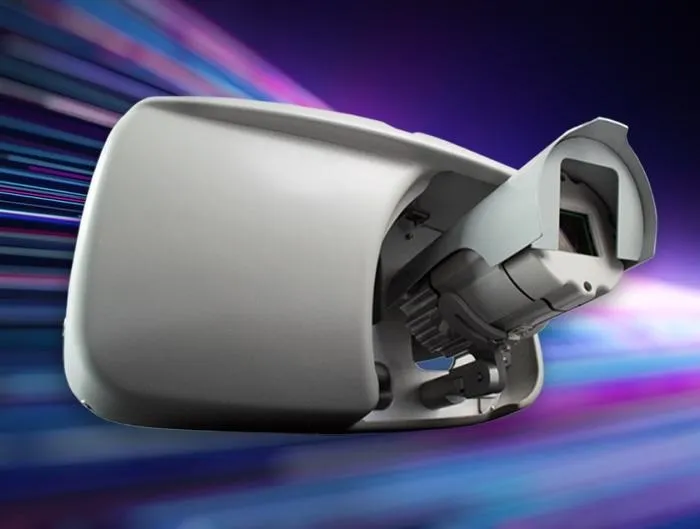Thailand’s Department of Highways (DOH) has implemented intelligent transportation systems (ITS) to help monitor the speed of vehicles on the highways in an effort to improve road safety and enhance traffic data management. The system was installed to monitor vehicles at danger spots along the highways north-east of Bangkok and uses microwave radar to detect vehicle location and speed
April 24, 2013
Read time: 1 min
Thailand’s Department of Highways (DOH) has implemented intelligent transportation systems (ITS) to help monitor the speed of vehicles on the highways in an effort to improve road safety and enhance traffic data management.
The system was installed to monitor vehicles at danger spots along the highways north-east of Bangkok and uses microwave radar to detect vehicle location and speed.
The information is then transferred via internet to the control centre before automatically sending out warning messages to motorists via message boards on the highway and informing police or emergency services via SMS.
The system was installed to monitor vehicles at danger spots along the highways north-east of Bangkok and uses microwave radar to detect vehicle location and speed.
The information is then transferred via internet to the control centre before automatically sending out warning messages to motorists via message boards on the highway and informing police or emergency services via SMS.










